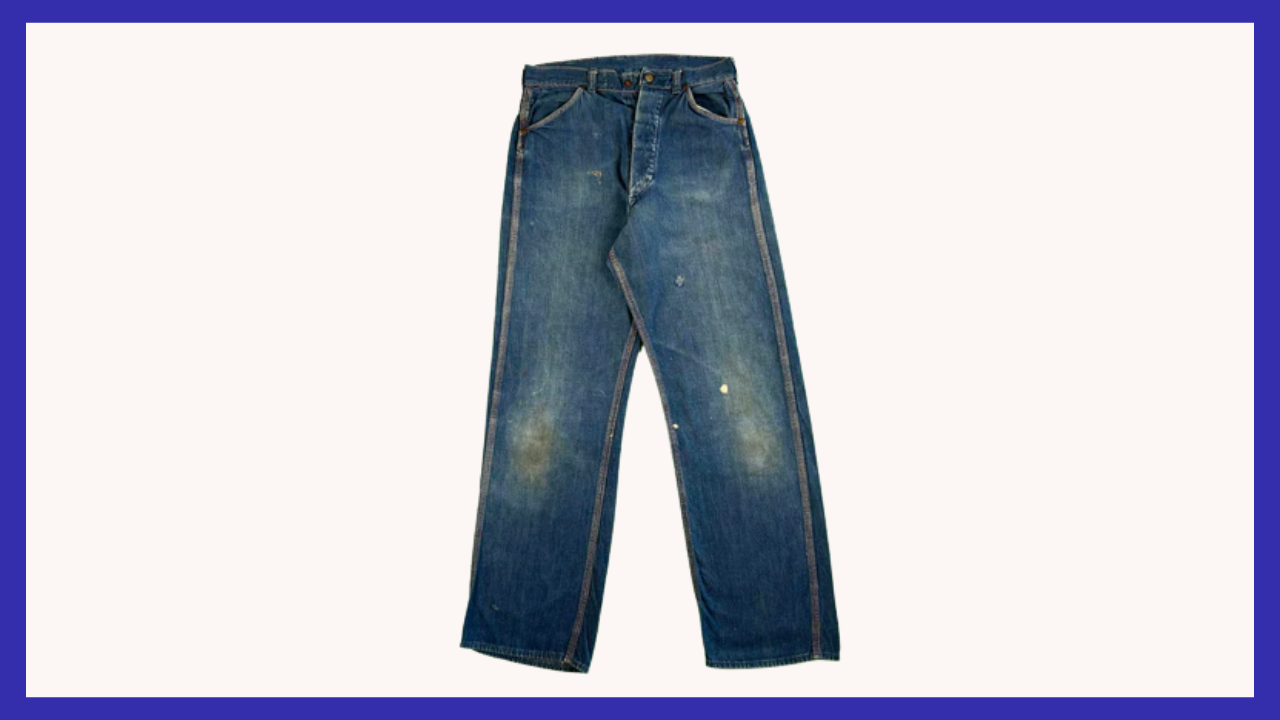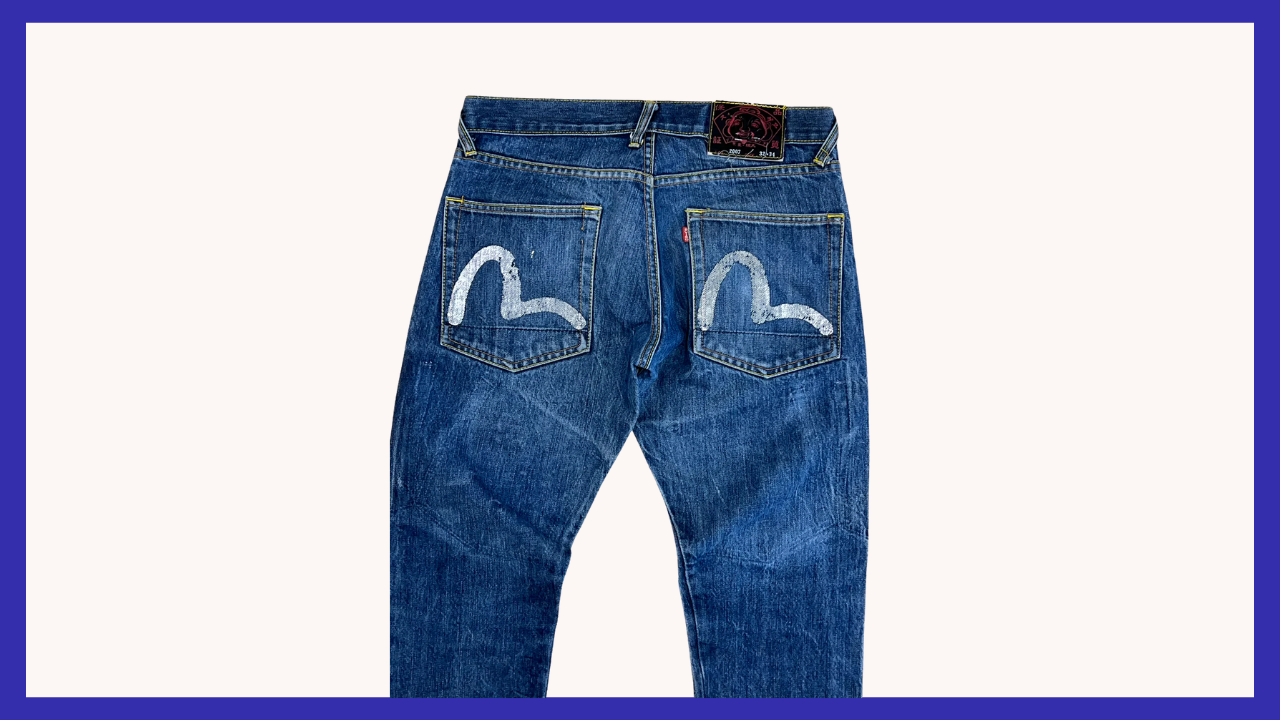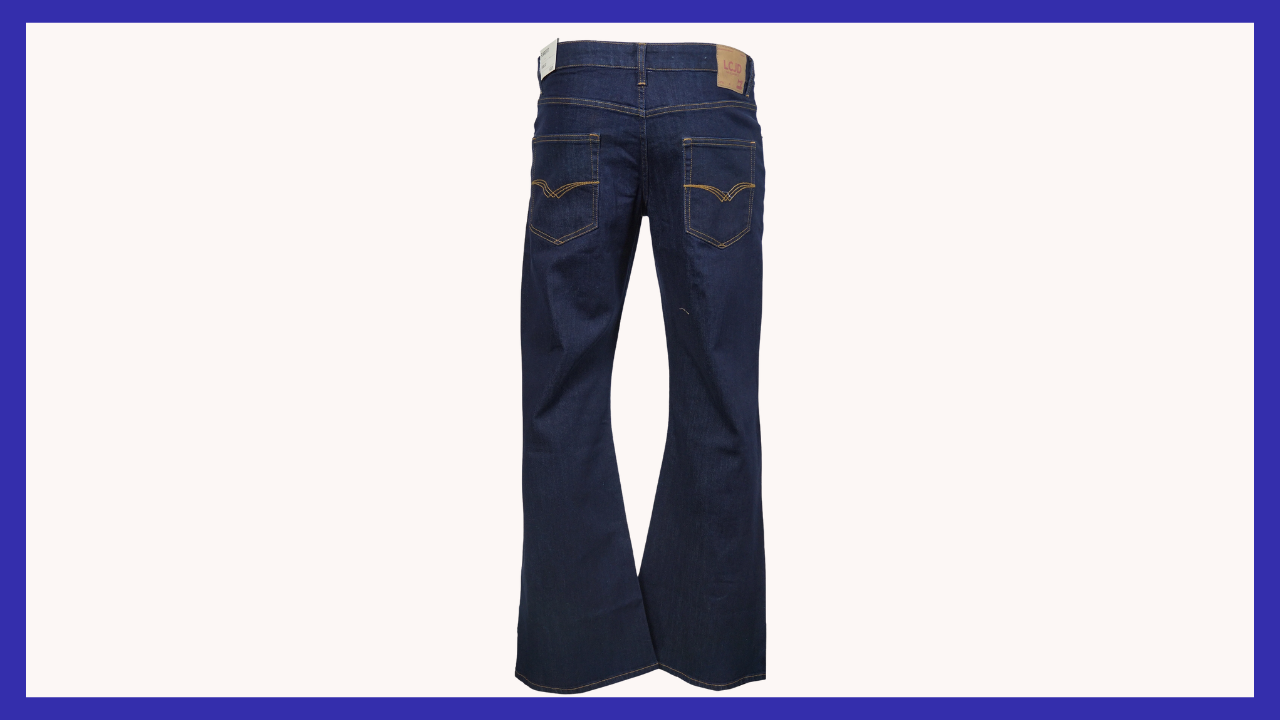AllVintageStyles
The Ultimate Vintage Fashion Encyclopedia
Carpenter Pants

Heavy-duty work pants with tool loops and utility pockets, designed specifically for carpentry and construction work requiring functional tool storage and durability.
Quick Facts
- Era: 1940s (peak popularity 1940s-1960s)
- Origin: United States (construction industry and specialized trade workwear)
- Garment Type: Specialized work pants with carpenter-specific functionality
- Key Identifiers: Hammer loop, utility pockets, tool storage, heavy cotton duck construction
- Typical Resale Price: $60-$350 (authentic vintage pieces)
- Best For: Workwear collectors, construction heritage enthusiasts, utility fashion advocates
History & Evolution
Carpenter pants emerged from American construction industry needs when specialized building trades required clothing designed specifically for carpentry work and tool management. Traditional work pants proved inadequate for carrying the various tools, nails, and measuring devices essential for skilled carpentry, leading to development of pants with strategically placed loops, pockets, and reinforced areas. Early versions represented authentic working garments that reflected practical necessity and professional pride in skilled craftsmanship.
The 1940s through 1960s established carpenter pants as essential trade workwear when post-war construction boom and suburban development created massive demand for skilled carpenters and specialized building trades. The style became associated with professional competence, skilled labor, and American industrial prosperity, appealing to tradesmen who needed clothing that enhanced job performance while demonstrating craft expertise. Workwear manufacturers created versions that emphasized durability, functionality, and specific tool storage solutions for carpentry requirements.
The 1970s and beyond saw carpenter pants transition from purely functional workwear into cultural symbols when blue-collar fashion and authentic workwear gained broader appeal beyond construction sites. The style influenced both utility fashion and streetwear while maintaining connections to authentic trade heritage and working culture. Contemporary versions continue carpenter traditions with modern materials, but vintage pieces offer superior construction quality and authentic working details that reflect original carpentry necessity and trade professionalism.
Authentication Tips
Authentic 1940s-1960s Features:
- Heavy cotton duck or canvas construction with substantial weight appropriate for construction work
- Functional hammer loop with proper positioning and reinforced attachment for tool carrying
- Multiple utility pockets designed for specific carpentry tools and hardware storage
- Reinforced stress points including knee areas, pocket corners, and tool attachment areas
- American workwear manufacturing labels with authentic trade clothing specifications
Common Reproductions/Modern Pieces:
- Lightweight cotton or synthetic blends inappropriate for authentic construction work durability
- Decorative tool loops without proper reinforcement or functional design considerations
- Fashion styling elements inappropriate for authentic construction workwear functionality
- Simplified construction without proper stress point reinforcement and trade durability requirements
- Generic fashion labels without connection to authentic workwear manufacturing heritage
Styling & Use Cases
- Best for workwear collectors: Display as examples of authentic American trade clothing and construction industry heritage
- Ideal for utility fashion: Combine with work boots and utility shirts for functional heritage workwear styling
- Perfect for construction activities: Use for actual carpentry work, home improvement projects, and skilled trade applications
Modern styling tips:
- Respect the pants' authentic working heritage and functional carpentry purpose
- Choose utility accessories that honor the pants' trade origins and professional functionality
- Focus on practical applications that reflect the pants' construction industry necessity and skilled labor heritage
FAQ
Q: How can I tell if carpenter pants are authentic vintage construction?
A: Check for heavy cotton duck construction with construction-appropriate weight, functional hammer loop with proper reinforcement, multiple utility pockets designed for carpentry tools, reinforced stress points for work durability, and American workwear manufacturing labels with trade specifications.
Q: What's the typical price range for vintage carpenter pants?
A: Authentic vintage carpenter pants range from $60-350 depending on brand, construction quality, and working authenticity. Documented trade wear pieces or early workwear manufacturer examples command higher prices among workwear and American labor heritage collectors.
Q: How should I care for a vintage carpenter pants?
A: Machine wash in cold water to preserve heavy cotton construction, air dry to prevent shrinkage of work fabric, avoid harsh detergents that can damage authentic workwear treatments, and store properly to maintain utility pocket structure and tool loop functionality.
Q: What makes vintage carpenter pants valuable to collectors?
A: Authentic trade heritage representing skilled carpentry profession and construction industry requirements, superior heavy-duty construction with genuine trade-specific functionality, cultural significance in American blue-collar fashion and working class identity, and documentation of specialized workwear that evolved from practical necessity before mass-produced fashion appropriation of utility styling.
📷: Plum Garments



